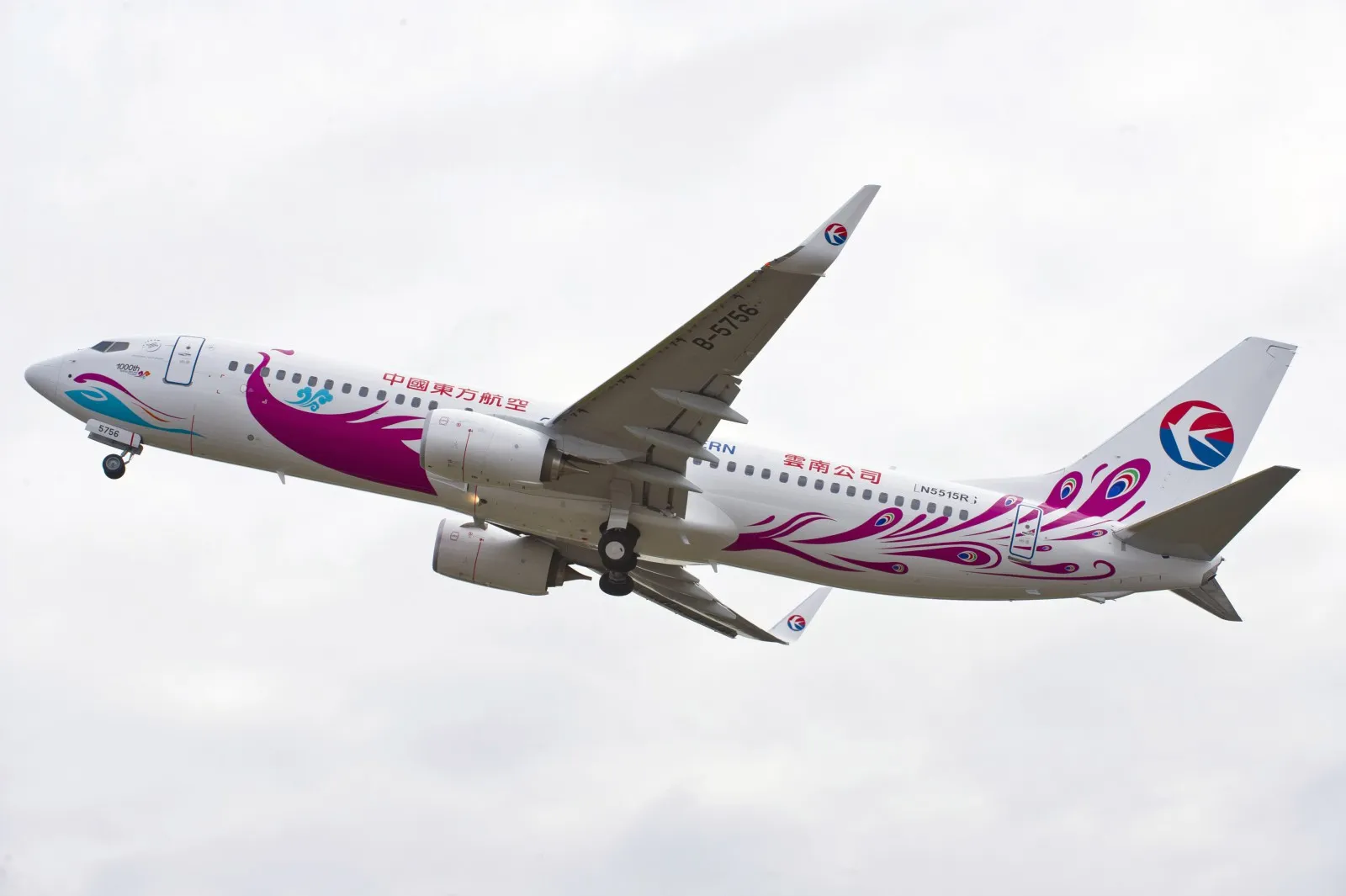
China Eastern black box indicates 737 crash was intentional
May 17, 2022

Preliminary findings from the black box recovered from the China Eastern Airlines flight that crashed in March suggest that the Boeing 737's descent may have been intentional. Data indicates that someone in the cockpit deliberately input commands that led to the rapid decline of the aircraft. This revelation raises serious concerns about the circumstances surrounding the disaster, which resulted in the deaths of all 132 people on board. Investigators are focusing on the cockpit interactions and the mental state of the pilots, as well as examining any potential external factors that might have contributed to this tragic event.
The recent findings from the China Eastern Airlines black box have revealed shocking details regarding the crash of the Boeing 737. Investigators are now leaning towards the theory that the incident may have been intentional, raising questions about aviation safety and pilot behavior. As the investigation unfolds, several critical aspects come to light that are essential for understanding this tragic event.
Key Findings from the Black Box
The black box data indicates that the plane's descent was not a result of mechanical failure but rather a series of deliberate actions taken by the pilot. The final minutes of the flight revealed a sharp and controlled dive, suggesting a level of intent that is alarming. The following table summarizes the critical data retrieved from the black box:
| Parameter | Data |
|---|---|
| Altitude | Less than 1,000 feet |
| Speed | Increased during descent |
| Flight Control Inputs | Consistent with intentional dive |
| Final Voice Recordings | Unusual lack of communication |
This data has sparked intense scrutiny into the mental health and background of the pilot, as well as the airline's hiring and training practices. The implications of these findings are significant, affecting not only the victims' families but also the entire aviation industry.
Implications for Aviation Safety
The suggestion that the China Eastern Airlines crash was intentional brings to the forefront the need for enhanced safety protocols in aviation. Airlines must prioritize comprehensive mental health evaluations for pilots. The industry's current standards for pilot assessments may need to be reevaluated to prevent such tragedies from recurring.
Furthermore, the aviation community must consider implementing more stringent regulations regarding cockpit behavior. The following are several key areas that require attention:
- Mental Health Monitoring: Regular psychological evaluations for pilots to ensure their well-being.
- Cockpit Communication Standards: Improved protocols for communication between pilots and co-pilots to foster a more collaborative environment.
- Emergency Procedures Training: Enhanced training for pilots to better handle crises without resorting to drastic measures.
Public Reaction and Media Coverage
The public's response to the news of an intentional crash has been one of horror and disbelief. Families of the victims are seeking answers and accountability, demanding a thorough investigation into the circumstances leading up to the tragedy. Media coverage has been extensive, with various outlets providing continuous updates and expert analysis. Social media platforms are abuzz with discussions, highlighting the emotional impact of the situation.
Content related to the crash has dominated news cycles, with many individuals seeking more information about the implications of such incidents on future flights. The aviation industry must be transparent in its findings to rebuild trust among passengers.
Future of China Eastern Airlines
In light of these revelations, the future of China Eastern Airlines may be uncertain. The airline is likely to face increased scrutiny from regulatory bodies, and it may need to implement immediate changes to regain public confidence. The focus will be on ensuring compliance with safety standards and improving pilot training programs.
The airline may also consider initiating a public relations campaign to address concerns and reassure customers. Transparency will be key in demonstrating the airline's commitment to safety and accountability.
Conclusion
The findings from the China Eastern black box indicate a tragic turn of events that suggests the Boeing 737 crash was intentional. As investigations continue, the aviation industry must learn from this incident to enhance safety measures and prevent future tragedies. The focus on mental health support for pilots and improved cockpit protocols will be crucial in ensuring the safety of air travel.
In the coming months, we can expect further developments regarding this tragic event as more information becomes available. The aviation community must come together to ensure that such incidents are not repeated. As more details emerge, the importance of safety in aviation cannot be overstated.
Related Articles

Explore Thailand: The Best Islands to Visit for Paradise, Adventure, and Relaxation

The Ultimate Guide to the Best Islands in Thailand for Your Next Getaway

Do babies need passports? How to get a passport for a newborn

How to get a U.S. passport fast: here’s how to expedite the process

What is Mobile Passport Control: 5 reasons why you should use it

SENTRI vs. Global Entry: A detailed guide

Do you need a passport to go to the Bahamas? Let’s find out

Do you need a passport to go to Mexico? A detailed guide

Do you need a passport to go to Canada? We got the answer

Do You Need a Passport for a Cruise: An Essential Travel Guide

Booster Seat Requirements: All the Rules to Follow in Your Rental Car

What Are the World’s Most Powerful Passports, and How Does Yours Rank?

How to Take a Passport Photo at Home: A Helpful Guide

You've got to have heart! Southwest's new livery

Your opinion: Should water be free on low cost carriers?

Young women bolder than guys as solo travellers
